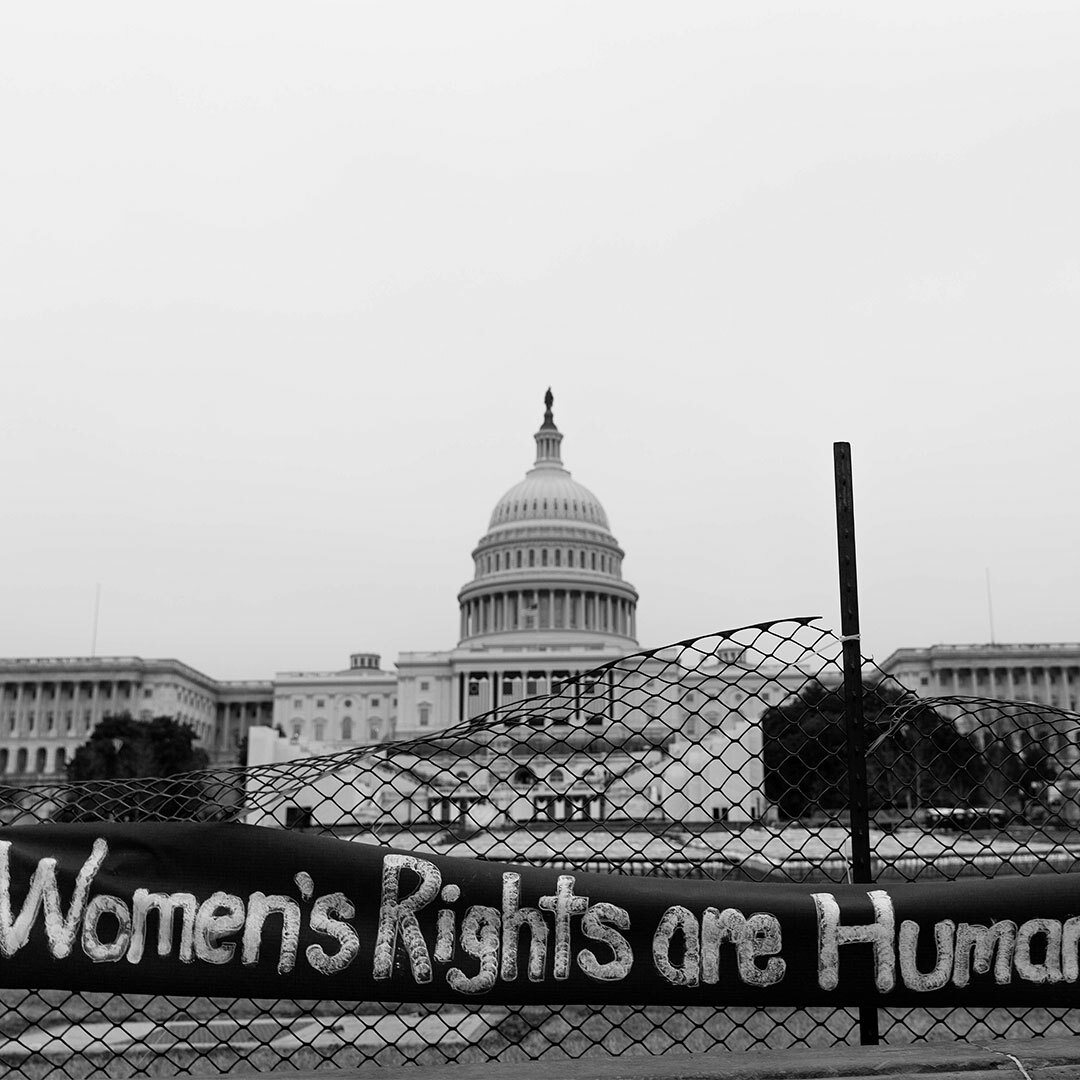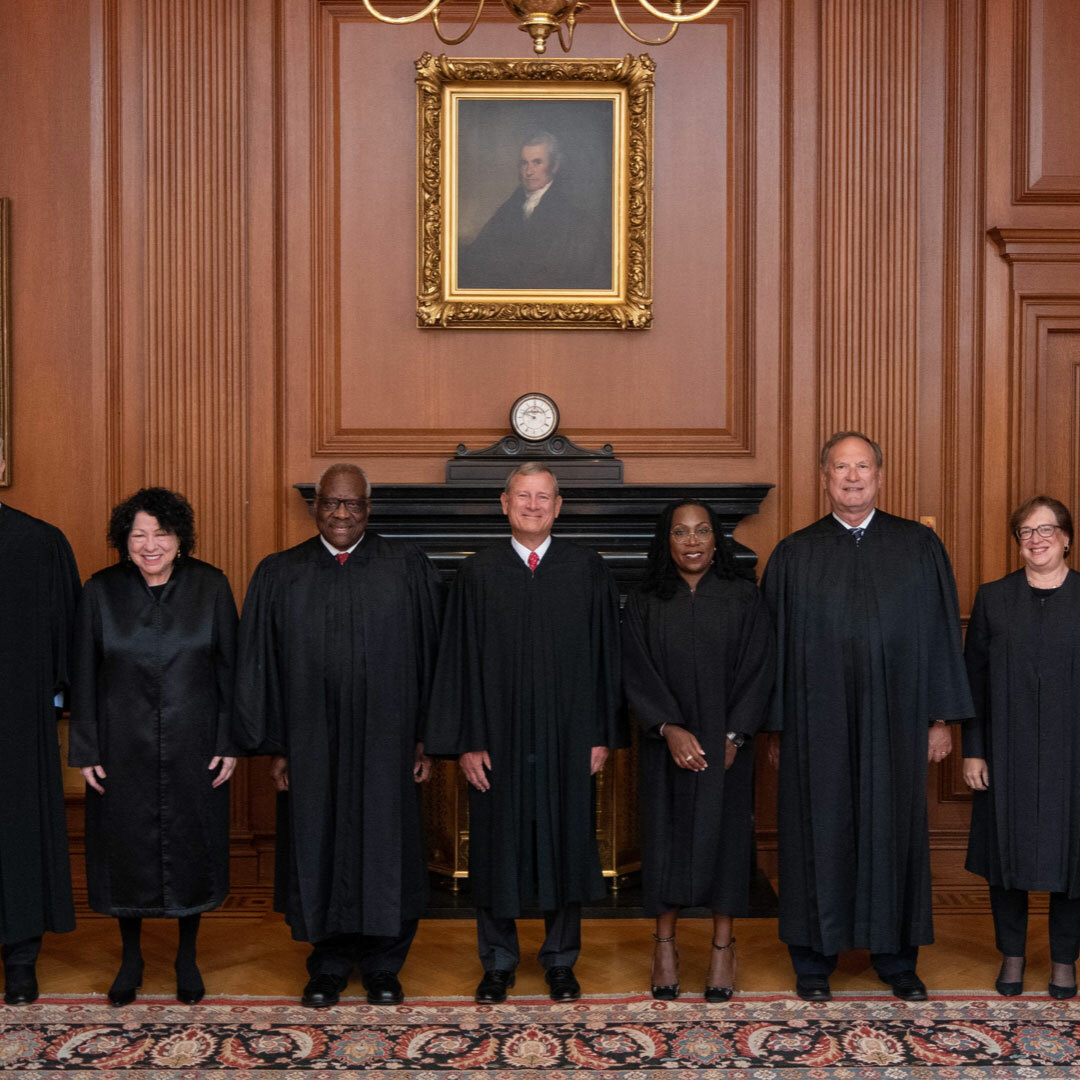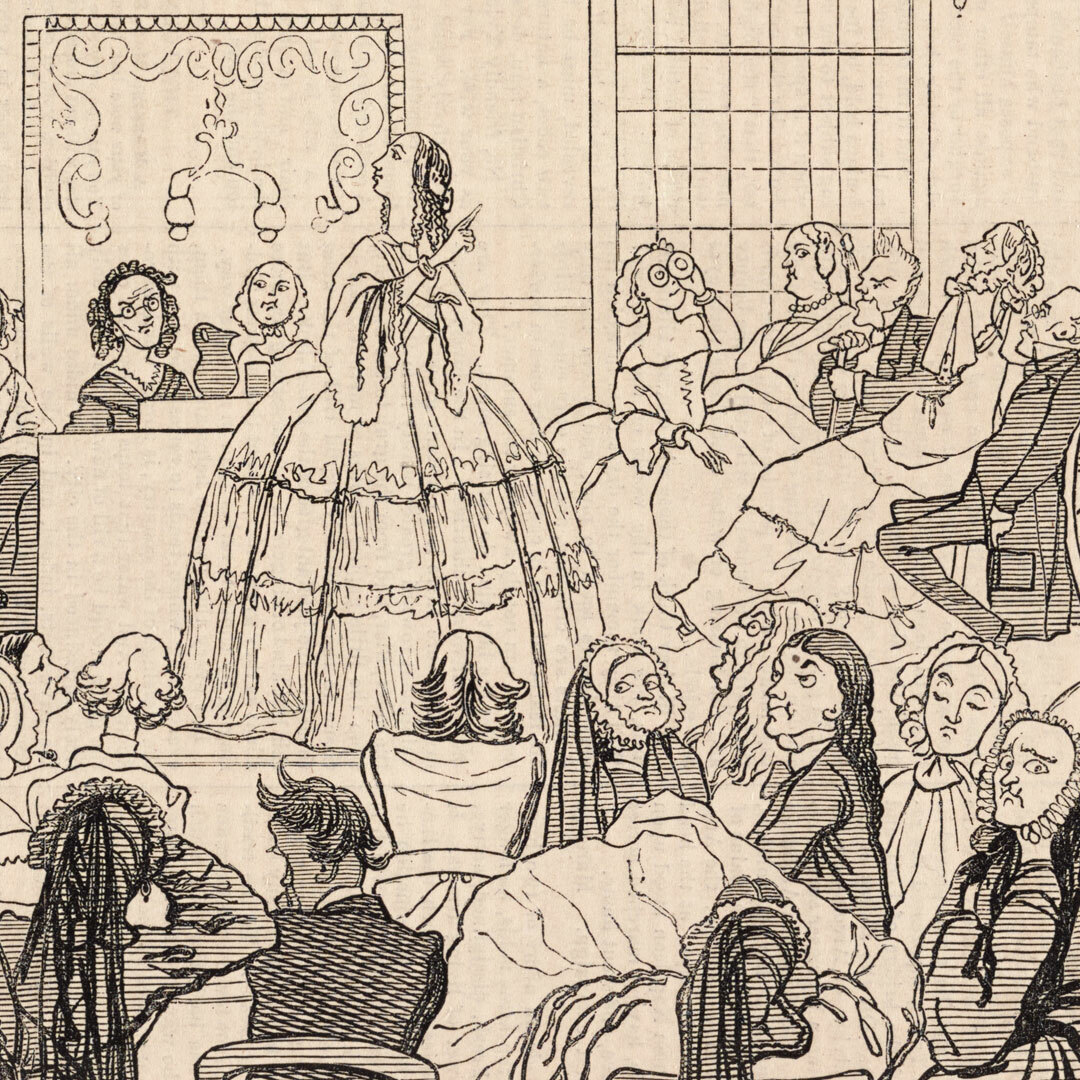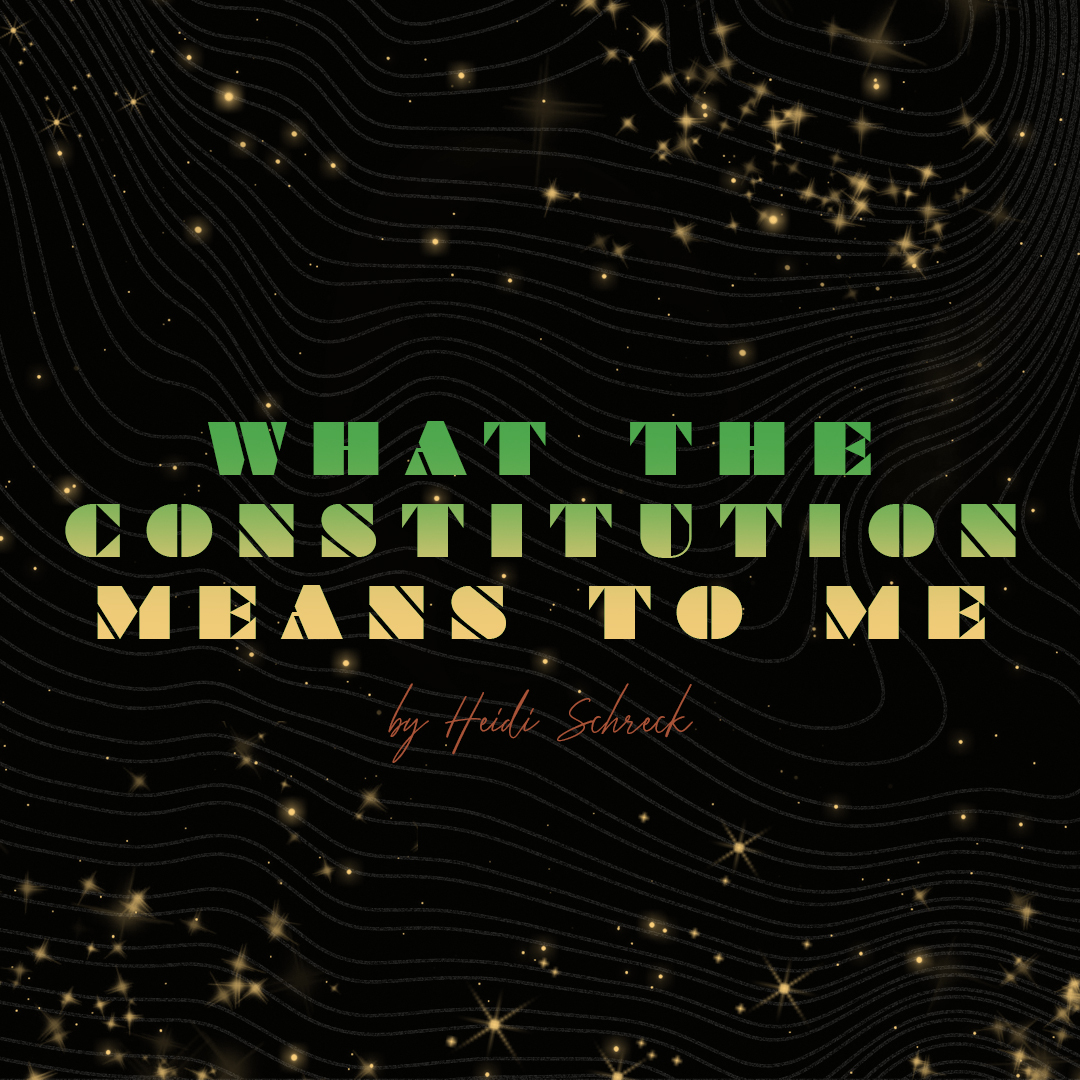The United States Constitution
The Constitutional Convention
After the Revolutionary War ended, and the new Americans had cut ties with the British government, in 1777 delegates gathered and formed a loose coalition of states under the Articles of Confederation. This document allowed for state-by-state voting and proportional state tax burdens based on land values, though they left the issue of state claims to western lands unresolved. Congress sent the Articles to the states for ratification at the end of November. Most delegates realized that the Articles were a flawed compromise, but believed that it was better than an absence of formal national government. When several states refused to ratify the Articles, the British refused to leave the country and a rebellion amongst citizens over trade, the delegates realized the Articles of Confederation were not a strong enough centralizing force and they agreed to meet in Philadelphia to begin drafting what would become the new U.S. Constitution.
In 1787 they formed the Constitutional Convention and for 115 days, 55 delegates from all 13 States gathered to craft a new government with stronger federal powers but also a system of checks and balances in order to prevent the tyranny they’d just escaped. The new constitution was ratified in 1789 after the first 10 amendments — known as the Bill of Rights — were added.
Anatomy of The Constitution
The Constitution is comprised of the Preamble, seven Articles and 27 Amendments. You can find the full text here.
The Preamble reads in full:
We the People of the United States, in Order to form a more perfect Union, establish Justice, insure domestic Tranquility, provide for the common defence, promote the general Welfare, and secure the Blessings of Liberty to ourselves and our Posterity, do ordain and establish this Constitution for the United States of America.
The Seven Articles:
- Article I describes the Congress, the legislative branch of the federal government.
- Article II describes the office, qualifications, and duties of the president of the United States and the Vice President.
- Article III describes the court system (the judicial branch), including the Supreme Court. The article describes the kinds of cases the court takes as original jurisdiction. Congress can create lower courts and an appeals process and enacts law defining crimes and punishments. Article Three also protects the right to trial by jury in all criminal cases, and defines the crime of treason.
- Article IV outlines the relations among the states and between each state and the federal government. In addition, it provides for such matters as admitting new states and border changes between the states. The "privileges and immunities" clause prohibits state governments from discriminating against citizens of other states in favor of resident citizens.
- Article V outlines the process for amending the Constitution.
- Article VI establishes that the Constitution and all federal laws and treaties made in accordance with it have supremacy over state laws, and that "the judges in every state shall be bound thereby, any thing in the laws or constitutions of any state notwithstanding." It also validates the national debt.
- Article VII describes the process for establishing the proposed new frame of government. Anticipating that the influence of many state politicians would be Antifederalist, delegates to the Philadelphia Convention provided for ratification of the Constitution by popularly elected ratifying conventions in each state.
The Bill of Rights
Amendment I
Congress shall make no law respecting an establishment of religion, or prohibiting the free exercise thereof; or abridging the freedom of speech, or of the press; or the right of the people peaceably to assemble, and to petition the Government for a redress of grievances.
Amendment II
A well regulated Militia, being necessary to the security of a free State, the right of the people to keep and bear Arms, shall not be infringed.
Amendment III
No Soldier shall, in time of peace be quartered in any house, without the consent of the Owner, nor in time of war, but in a manner to be prescribed by law.
Amendment IV
The right of the people to be secure in their persons, houses, papers, and effects, against unreasonable searches and seizures, shall not be violated, and no Warrants shall issue, but upon probable cause, supported by Oath or affirmation, and particularly describing the place to be searched, and the persons or things to be seized.
Amendment V
No person shall be held to answer for a capital, or otherwise infamous crime, unless on a presentment or indictment of a Grand Jury, except in cases arising in the land or naval forces, or in the Militia, when in actual service in time of War or public danger; nor shall any person be subject for the same offence to be twice put in jeopardy of life or limb; nor shall be compelled in any criminal case to be a witness against himself, nor be deprived of life, liberty, or property, without due process of law; nor shall private property be taken for public use, without just compensation.
Amendment VI
In all criminal prosecutions, the accused shall enjoy the right to a speedy and public trial, by an impartial jury of the State and district wherein the crime shall have been committed, which district shall have been previously ascertained by law, and to be informed of the nature and cause of the accusation; to be confronted with the witnesses against him; to have compulsory process for obtaining witnesses in his favor, and to have the Assistance of Counsel for his defence.
Amendment VII
In Suits at common law, where the value in controversy shall exceed twenty dollars, the right of trial by jury shall be preserved, and no fact tried by a jury, shall be otherwise re-examined in any Court of the United States, than according to the rules of the common law.
Amendment VIII
Excessive bail shall not be required, nor excessive fines imposed, nor cruel and unusual punishments inflicted.
Amendment IX
The enumeration in the Constitution, of certain rights, shall not be construed to deny or disparage others retained by the people.
Amendment X
The powers not delegated to the United States by the Constitution, nor prohibited by it to the States, are reserved to the States respectively, or to the people.
Women & the Constitution
In Article I, Section 2 of our Constitution, which sought to demarcate how representatives were calculated in relation to a state’s population, we find the words “according to their respective numbers, which shall be determined by adding to the whole number of free persons, including those bound to servitude for a term of years, and excluding Indians not taxed, three-fifths of all other persons.” The original language, however, written by Pennsylvania delegate James Wilson was “in proportion to the whole number of white and other free Citizens and inhabitants of every age, sex and condition…”
What Wilson’s proposal can say to our modern ears is that from the beginning of this country there were discussions of gender and race as it pertains to lawmaking – and that over time those considerations shifted intentionally to grant the rights and privileges of enfranchisement and citizenship to an increasingly smaller group of people — namely white, landowning men.
Some scholars argue that the shift in language was purely stylistic and that we should assume that inhabitants of “every age, sex and condition” are included in those rights and privileges. They point to the fact that for most of the document people are referred to in seemingly gender-neutral terms such as “persons,” “citizens,” and “inhabitants.” Other scholars insist that this vagueness is purposefully exclusionary. We know that in terms of race, it absolutely was. There are pronouns—“he,” “his,” and “himself”—but in the entire text of the original Constitution, there is not a single noun or adjective that denotes sex.
19th Amendment
In 1878 a constitutional amendment was introduced in Congress that would enshrine women’s suffrage for all elections. It would be reintroduced in every Congress thereafter. In 1890 Wyoming became a state and thus also became the first state whose constitution guaranteed women the right to vote. Over the next decade several other states—all in the western part of the country—joined Wyoming. In 1912, when Theodore Roosevelt ran (unsuccessfully) as a third-party candidate for president, his party became the first national party to adopt a plank supporting a constitutional amendment.
In January 1918, with momentum clearly behind the suffragists—15 states had extended equal voting rights to women, and the amendment was formally supported by both parties and by the president, Woodrow Wilson—the amendment passed with the bare minimum two-thirds support in the House of Representatives, but it failed narrowly in the U.S. Senate. This galvanized the National Woman’s Party, which led a campaign seeking to oust senators who had voted against it.
A subsequent attempt to pass the amendment came in 1919, and this time it passed both chambers with the requisite two-thirds majority—304–89 in the House of Representatives on May 21, and 56–25 in the Senate on June 4. Although the amendment’s fate seemed in doubt, because of opposition throughout much of the South, on August 18, 1920, Tennessee—by one vote—became the 36th state to ratify the amendment, thereby ensuring its adoption. On August 26 the Nineteenth Amendment was proclaimed by the secretary of state as being part of the Constitution of the United States.
The Amendment reads in full:
The right of citizens of the United States to vote shall not be denied or abridged by the United States or by any State on account of sex. Congress shall have power to enforce this article by appropriate legislation.
Equal Rights Amendment
For more than 100 years, a proposed amendment to the Constitution has been awaiting ratification to rectify this possibly purposeful vagueness. Drafted in 1923 by suffragettes Alice Paul and Crystal Eastman, the Equal Rights Amendment seeks to ensure that “equality of rights under the law shall not be denied or abridged by the United States or by any state on account of sex.” This proposed amendment would build on the 19th Amendment, passed in 1919, which enfranchised white women. This is not the first time in our Constitution’s history that more than one amendment was required to solidify basic rights for marginalized people. It took the so-called Reconstruction Amendments — the 13th, 14th and 15th — to seemingly grant the formerly enslaved people in this country full protection under the law. And even then, it took the 1964 and ‘65 Civil Rights Acts to fully enfranchise people of Color, and extend those protections to Black and Brown women.
In 2020, Virginia became the 38th state to ratify the Equal Rights Amendment, meaning that the threshold has been met for full ratification and addition to the Constitution. Still, this amendment has not been included. An arbitrary deadline to ratify, which has been moved several times over the years, is what stands between us and an Equal Rights Amendment.
In 2022, Congresspersons Ben Cardin of Maryland and Lisa Murkowski of Alaska wrote in defense of the ERA, stating that it “not only prohibits sex discrimination, it also adds – as the late Supreme Court Justice Ruth Bader Ginsberg once said – ‘a statement of basic rights’ that has been missing from our Constitution for far too long.” In 2011, Justice Antonin Scalia even conceded that the current document “does not prohibit discrimination on the basis of sex.
Below is some information from the official ERA advocacy website:
The Equal Rights Amendment is needed in order to prevent a rollback of women's rights by conservative or reactionary political votes. The ERA will promote laws and court decisions that fairly take into account women's, as well as men's, experiences.
Some ask: Aren't there already enough legal prohibitions of sex discrimination?” Aren’t women protected from discrimination by laws such as:
- Equal Pay Act (1963)
- Title VII and Title IX of the Civil Rights Act (1964)
- Pregnancy Discrimination Act (1978)
- Supreme Court decisions based on the 14th Amendment's equal protection clause
While these laws do protect women from gender-based discrimination, court rulings over the years since their passage have created legal precedent regarding how the laws can be interpreted and enforced, often to the detriment of what the laws were originally intended to protect women from. Without the ERA, gender-based discrimination is becoming harder and harder to prove in a court of law.
- Without the ERA, the U.S. Constitution does not explicitly guarantee that the rights it protects are held equally by all citizens without regard to sex. The first — and still the only — right that the U.S. Constitution specifically affirms and applies equally to women and men is the right to vote.
- The equal protection clause of the U.S. Constitution's 14th Amendment was first applied to sex discrimination only in 1971, and it has never been interpreted to grant equal rights on the basis of sex in the uniform and inclusive way that the ERA would.
- The ERA would provide a clearer judicial standard for deciding cases of sex discrimination. Not every state in the U.S. has ratified the Equal Rights Amendment, and therefore federal and state courts are inconsistent in their rulings regarding claims of sexual discrimination claims. The ERA would help clarify sex discrimination jurisprudence and conclusively invalidate the claim of late Supreme Court Justice Antonin Scalia that the Constitution, specifically the 14th Amendment, does not protect against sex discrimination (reported in California Lawyer, January 2011).
- The ERA would provide a strong legal defense against a rollback of the significant advances in women's rights that have been achieved since the mid–20th century.
- Without the ERA women regularly — and occasionally men — have to fight long, expensive, and difficult legal battles in an effort to prove that their rights are equal to those of the other sex.
- The ERA would improve the United States' standing in the world community with respect to human rights. The governing documents of many other countries affirm legal gender equality, however imperfect the global implementation of that ideal may be.
Preview Image Details
(information about the image that accompanies links to this page)
National Archives and Records Administration, Public domain, via Wikimedia Commons
Portland Center Stage is committed to identifying & interrupting instances of racism & all forms of oppression, through the principles of inclusion, diversity, equity, & accessibility (IDEA).


















